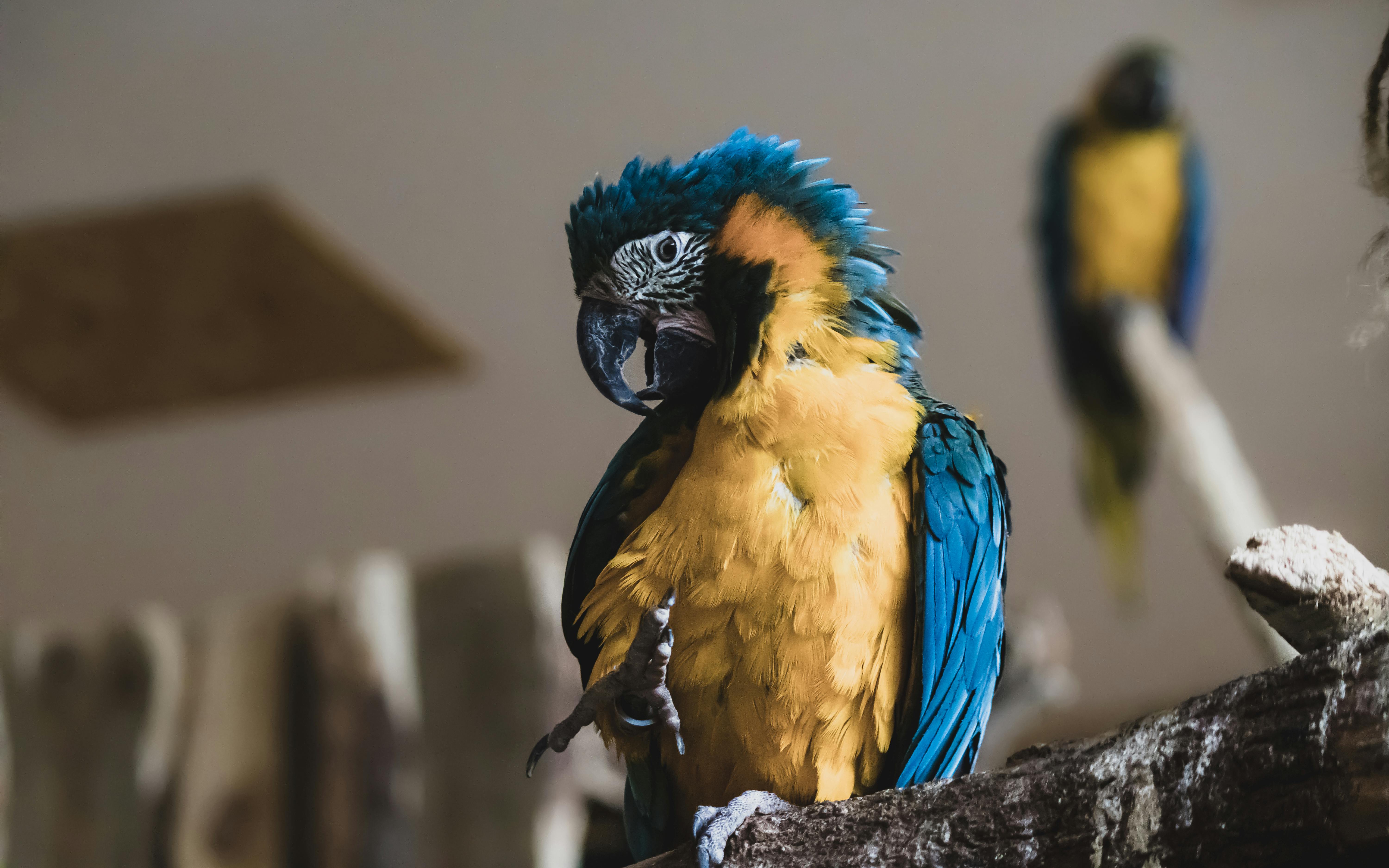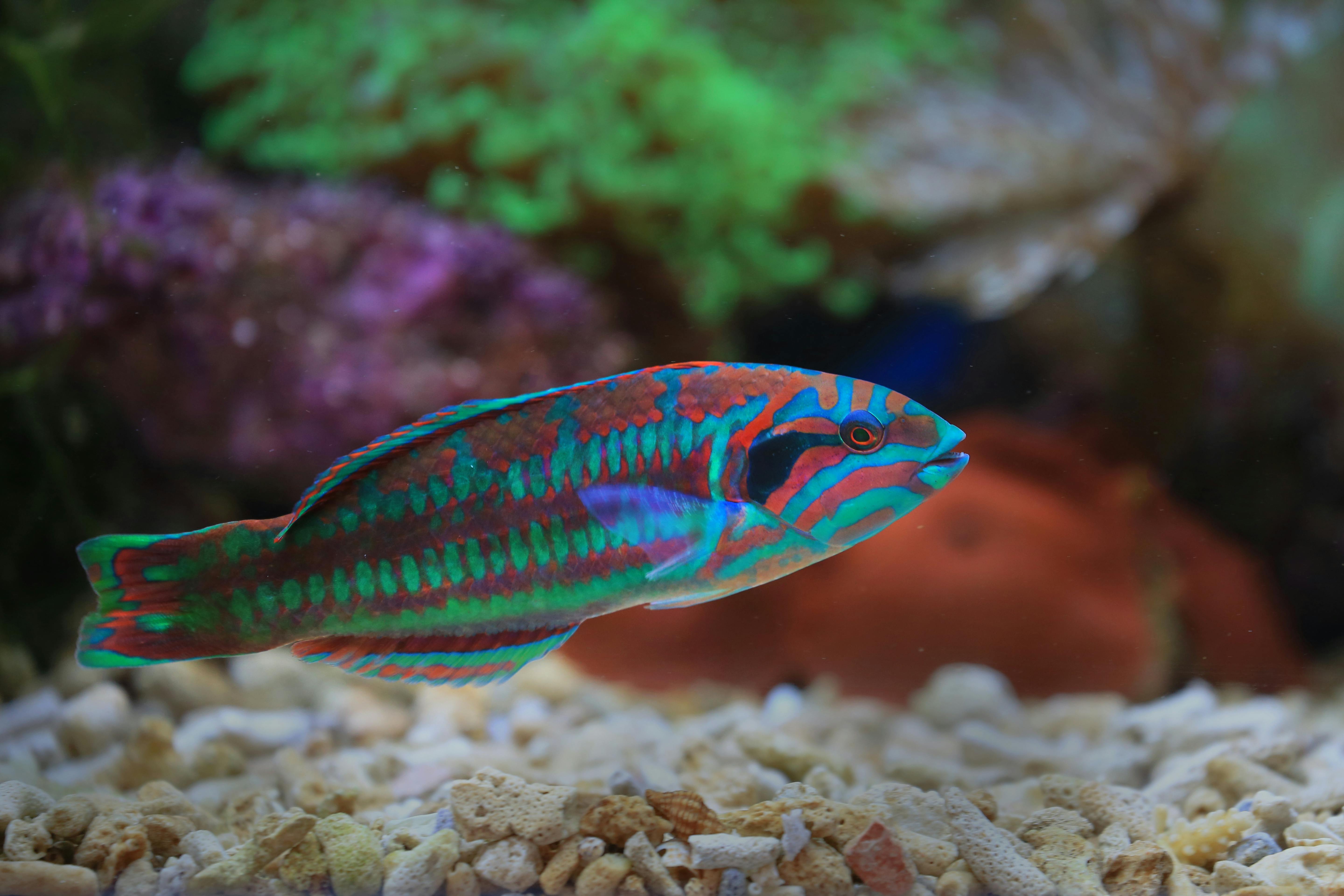Essential Guide to Rabbit Foot Fern Care in 2025
The rabbit foot fern (Davallia fejeensis) is a beloved indoor plant known for its unique furry rhizomes and lush fronds. These features not only add an exotic touch to any room but also provide an excellent opportunity for nurturing a piece of nature within the home. Understanding how to care for rabbit foot fern can lead to vibrant growth and a healthy plant. In this guide, we’ll cover essential topics such as watering, lighting, humidity, and common issues that might arise while caring for these fantastic ferns.
Benefits of incorporating rabbit foot ferns into your home include improved air quality and aesthetic appeal. They thrive well indoors and can adapt to various environmental conditions if properly cared for. Throughout this guide, we will unveil tips and tricks for optimal rabbit foot fern growth in various seasons, providing you with a roadmap towards maintaining a thriving indoor garden.
Key takeaways from this article will include practical advice on rabbit foot fern watering techniques, lighting preferences, soil choices, and troubleshooting common rabbit foot fern problems. Let’s dive into the essential techniques needed to ensure your rabbit foot fern remains healthy and vibrant.
How to Properly Water Rabbit Foot Ferns
Understanding the basics of rabbit foot fern watering is critical in ensuring your plant thrives. These ferns prefer consistently moist soil but are particularly sensitive to overwatering. A general rule of thumb is to allow the top inch of the soil to dry out before rehydrating. This prevents issues such as root rot, which can adversely affect the health of your fern.
For optimal watering, it’s ideal to use distilled or rainwater rather than tap water to minimize chemical exposure. To create a watering schedule, aim to water your rabbit foot fern every 1-2 weeks, monitoring the moisture level closely. During the growing season in spring and summer, you may find that your plant requires more frequent hydration.
Ensuring proper drainage is essential; use a pot with drainage holes and a suitable potting mix, so excess water can drain away effectively. Ultimately, observing your rabbit foot fern’s response to your watering routine will guide adjustments based on its unique requirements.
As we further explore rabbit foot ferns, understanding their lighting needs is crucial.
Optimizing Rabbit Foot Fern Lighting Conditions
The lighting requirements of rabbit foot ferns are another pivotal aspect of their care. These plants thrive best in bright, indirect light, which mimics their natural forest habitat. Too much direct sunlight can scorch the fronds, while insufficient light can lead to spindly growth.
To create an ideal environment for your fern, position it near a window where it can receive filtered light. If you notice the leaves becoming leggy or discolored, it might be a sign of inadequate lighting. Using sheer curtains can help diffuse harsh sunlight while maintaining brightness.
For optimizing growth during winter, consider providing supplemental light using grow lights if natural light is limited. This will help maintain growth patterns and ensure your rabbit foot fern remains lush throughout the colder months.
Transitioning from light to another equally important aspect of rabbit foot fern care is humidity.
Managing Rabbit Foot Fern Humidity Levels
Humidity plays a vital role in rabbit foot fern care. These plants thrive in high humidity environments, ideally between 50% and 70%. If indoor humidity levels fall below this range, it could lead to stress, displayed through symptoms like yellowing leaves or browning tips.
To increase humidity around your rabbit foot fern, consider using a humidity tray filled with water and pebbles to create a moisture-rich microclimate. Regular misting can also help, particularly during dry winter months. Note that ultra-low humidity can lead to pests, like spider mites, which thrive in such conditions, so maintaining a balance is essential.
Observing the plant's reaction to changes in humidity can aid in creating a comfortable environment. If leaf drop occurs or new fronds appear brown, adjustments may be necessary.
Building on this understanding of humidity, let's explore how soil composition impacts rabbit foot fern growth.
Choosing the Right Soil for Rabbit Foot Ferns
Rabbit foot ferns prefer a well-draining potting mix rich in organic material. A combination of peat moss, perlite, and orchid bark creates an ideal balance for airflow and moisture retention. This mix mimics the fern's natural habitat and supports healthy root development.
When potting your rabbit foot fern, ensure to avoid heavy soils that retain too much water, as they can lead to root rot. If you’re repotting, do so during the spring when the plant is actively growing.
Regularly check for signs of soil compaction, which can restrict root growth. If the roots are growing through the drainage holes, this is a strong indication that it’s time to repot your fern.
Successful potting takes us closer to mastering rabbit foot fern maintenance, including fertilization practices.
Effective Rabbit Foot Fern Fertilization Techniques
Fertilizing your rabbit foot fern enhances growth and ensures lush foliage. During the active growing seasons of spring and summer, using a balanced liquid fertilizer diluted to half strength every 4-6 weeks can provide vital nutrients to your plant.
It's important to adjust your fertilization during the fall and winter months, as the plant’s growth slows down significantly. Over-fertilization can lead to salt buildup, resulting in burnt leaf edges or stunted growth.
Monitoring how your fern reacts to feeding will guide your future practices. If fronds lose their vibrant green color, it might indicate the need for more nutrients. Conversely, if the leaves turn yellow despite regular fertilization, over-fertilizing may be the issue.
As we delve deeper into rabbit foot ferns, let’s talk about pruning for both aesthetic and health reasons.
Rabbit Foot Fern Pruning: Best Practices
Pruning rabbit foot ferns is necessary for maintaining a healthy plant. Regularly removing dead and yellowing fronds helps promote new growth and maintain air circulation around the plant. Ideally, pruning should take place in spring, coinciding with the natural growth cycle of the fern.
Use clean, sharp shears to avoid stressing the plant and to minimize the risk of disease transmission. Make cuts just above the base of the frond to encourage new growth without damaging surrounding leaves. In cases of pest infestation, it’s crucial to prune affected areas to prevent spreading.
Post-pruning, ensure your fern has optimal conditions for recovery. This includes maintaining adequate humidity and light levels, as they play a key role in the fern's overall health.
In closing, understanding the common pests and diseases related to rabbit foot ferns can enhance your care skills.
Identifying and Managing Pests on Rabbit Foot Ferns
Like many indoor plants, rabbit foot ferns can be susceptible to pests such as aphids, scale, and spider mites. Identifying these enemies promptly can minimize damage. Pests often manifest as discolored patches or webs on the leaves, indicative of spider mites.
Regularly inspecting your rabbit foot fern for any signs of infestation is crucial. If detected, removing pests by hand or using insecticidal soap can effectively address the issue. Preventative measures include daily misting and ensuring proper ventilation, as stagnant air can attract unwanted pests.
As a part of routine maintenance, keep an eye on leaf health and overall plant vigor. Changes in their appearance may indicate the presence of pests and allow you to take timely action.
Now let’s address some frequently asked questions about caring for rabbit foot ferns.
Rabbit Foot Fern Care FAQ
There are several common inquiries regarding rabbit foot fern care that can help guide new plant parents. One frequent question concerns signs of overwatering. Symptoms include yellowing fronds or a mushy root system. After noticing these signs, allow the plant to dry out completely before resuming a proper watering schedule.
Another common query involves yellowing leaves. This may indicate low humidity levels or insufficient light conditions. Adjusting enough humidity and enhancing the light source can help revive the plant.
Lastly, regarding propagation, rabbit foot ferns can be reproduced through division. When repotting, separate the rhizomes with roots attached and replant them in separate pots, ensuring that they are maintained under similar environmental conditions as the parent plant.
Effective rabbit foot fern care requires understanding these basics, along with seasonal considerations to keep your fern thriving all year long.

Seasonal Care for Rabbit Foot Ferns
Rabbit foot fern care will vary with seasonal changes. In spring and summer, focus on watering more frequently, as this is when they are actively growing. Additionally, enhancing light exposure will promote lush foliage.
In contrast, during the fall and winter months, reduce watering since these ferns enter a dormant phase. Monitoring humidity is essential at this time, as indoor heating can dry out the air, impacting your fern’s health.
Additionally, keep an eye on temperature preferences—rabbit foot ferns enjoy warm conditions, ideally between 65°F to 75°F. Drafts or sudden temperature fluctuations can stress the fern.
In wrapping up seasonal care, common issues often arise that can be mitigated with proper management and awareness of each season’s needs.
Common Rabbit Foot Fern Problems and Solutions
While rabbit foot ferns are generally resilient, they do face challenges. Yellow leaves often signal overwatering or inadequate light. Address these problems by evaluating your watering schedule and light conditions.
Additionally, pests can cause leaf discoloration and stunted growth. A proactive approach involving regular inspections will help catch any infestations early.
Another frequent issue is root rot, typically resulting from poor drainage. Ensure your plant has the right potting medium with good airflow to prevent saturated roots.
Understanding these common issues and their solutions will create a more rewarding experience as you maintain your rabbit foot fern.

Final Thoughts on Rabbit Foot Fern Care
In conclusion, mastering rabbit foot fern care involves understanding its environmental needs, including watering, lighting, humidity, and pest management. With this essential guide in hand, you are now equipped with the knowledge necessary to ensure your rabbit foot fern not only survives but thrives! Embracing these practices will enhance your enjoyment of this beautiful plant while nurturing a vibrant indoor landscape.
Your rabbit foot fern will flourish with the right techniques, leading to a lush, green addition to your home décor.
